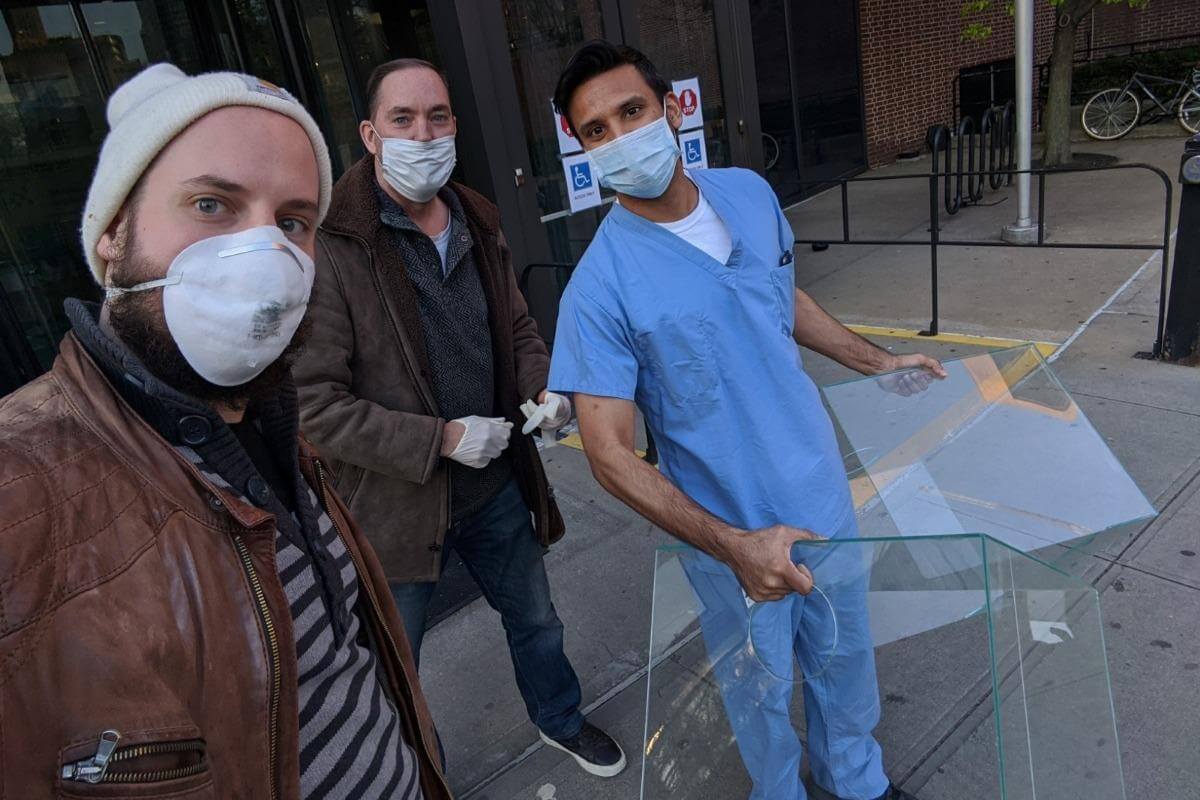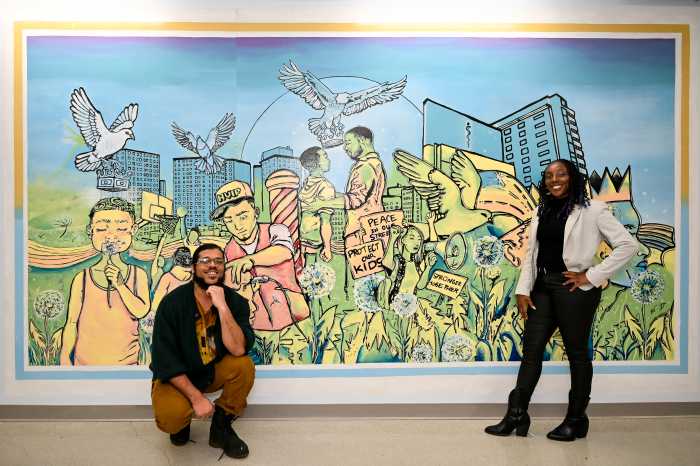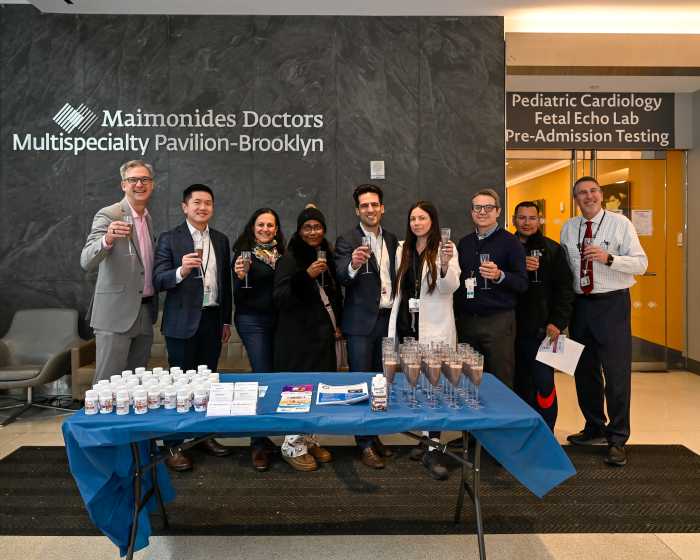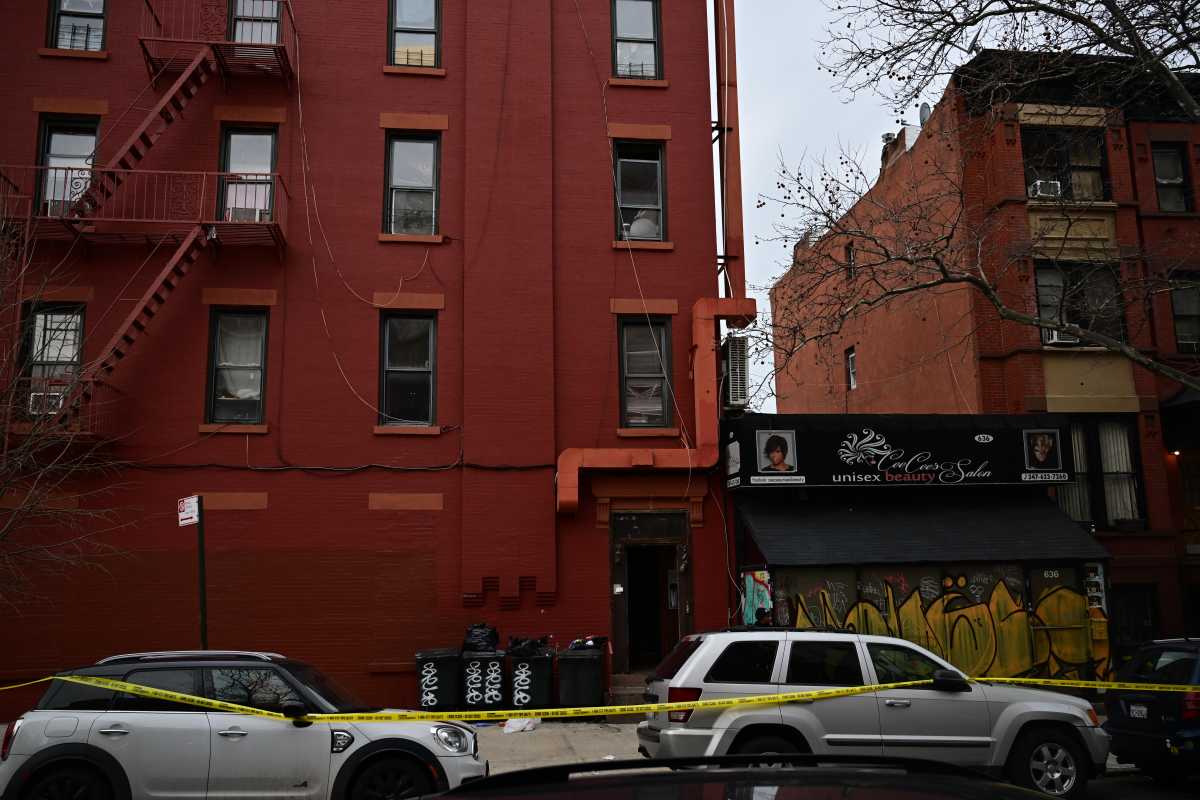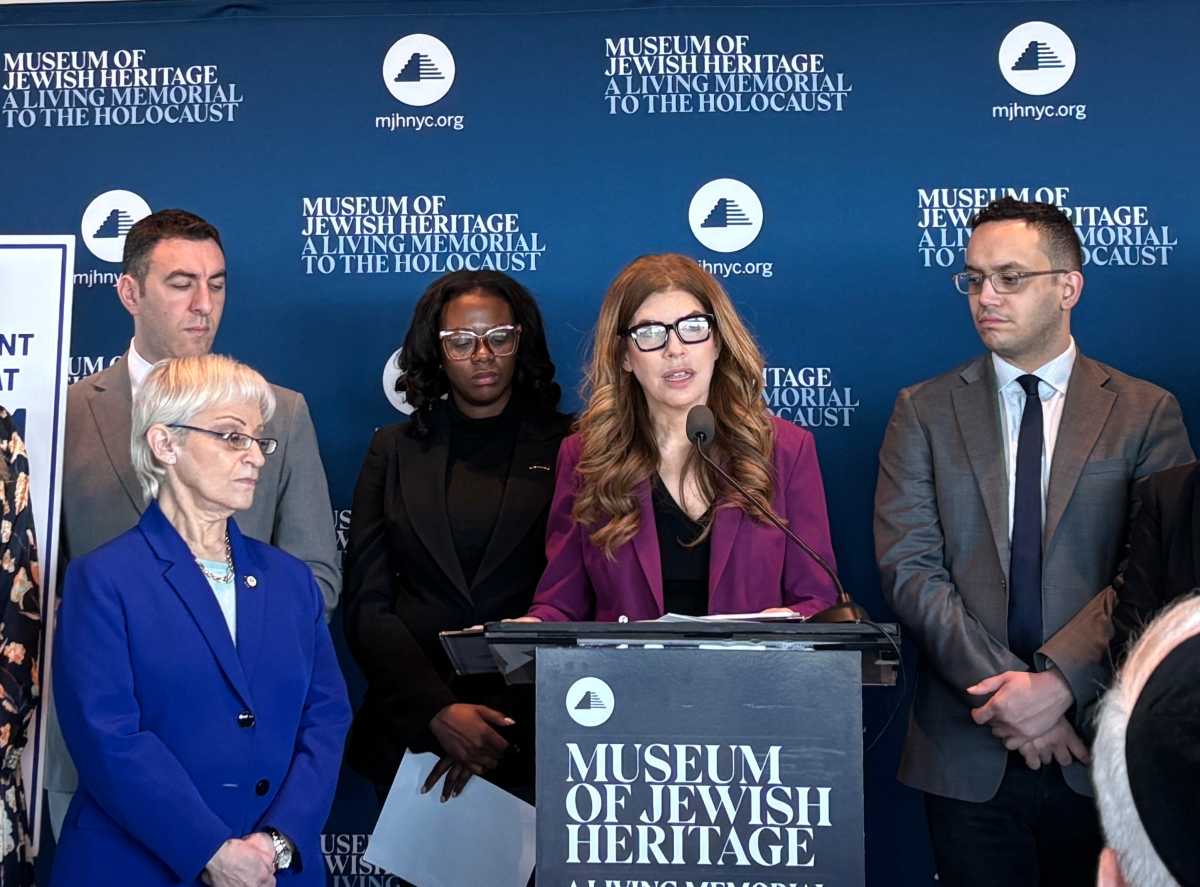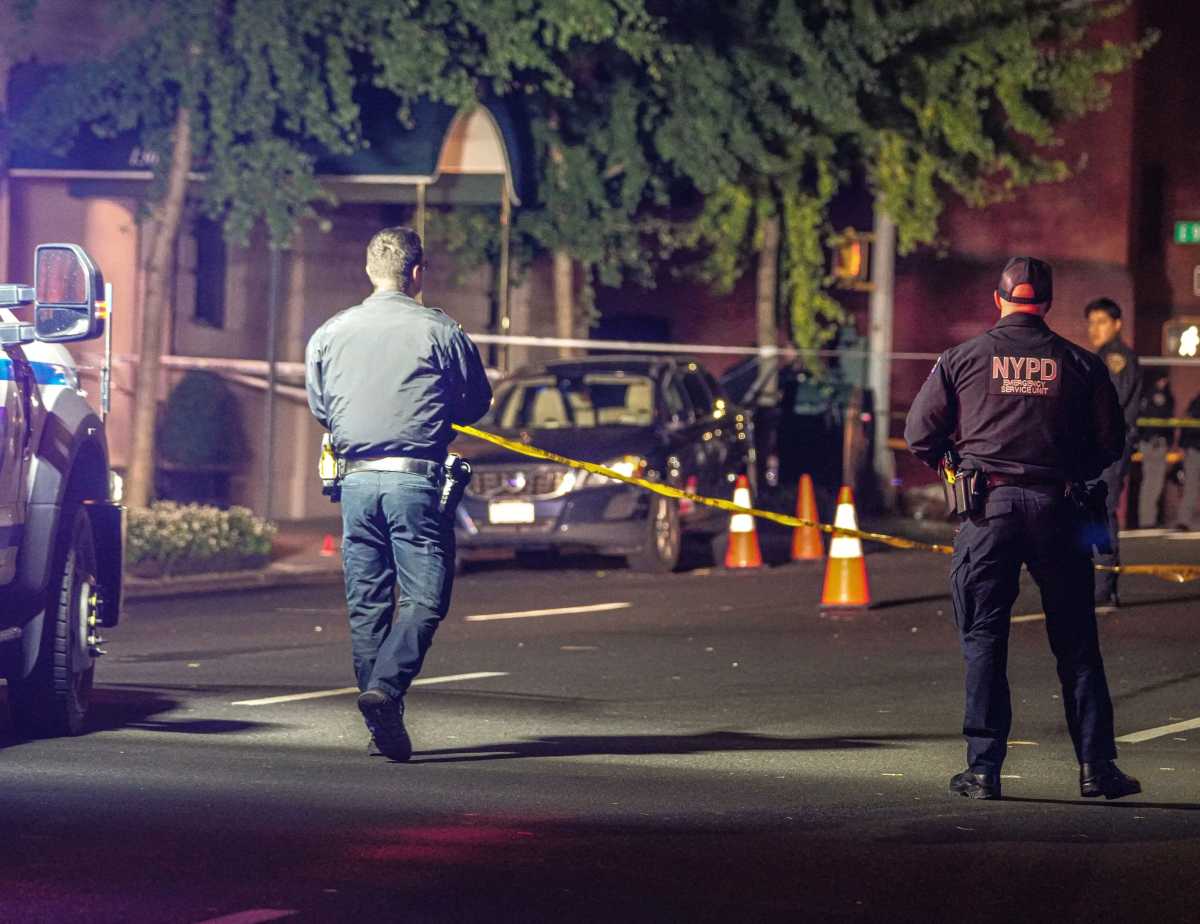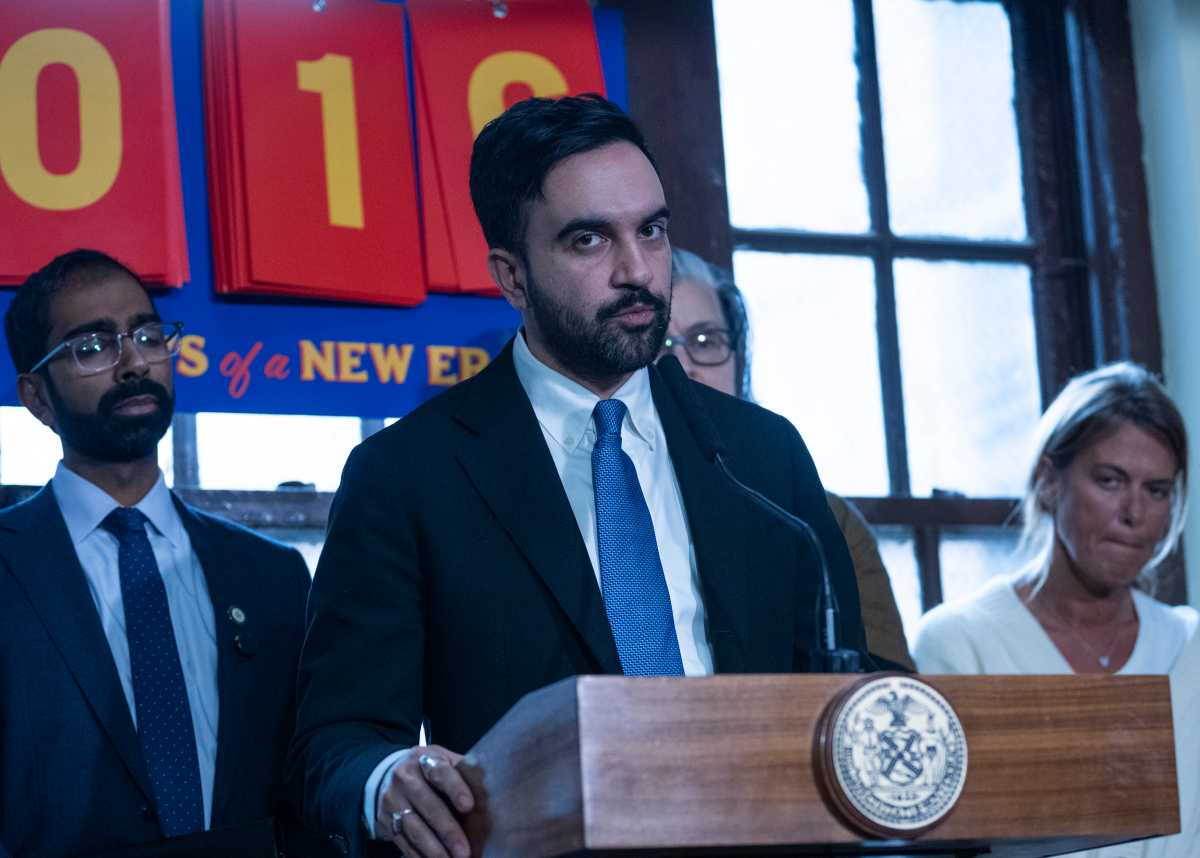A team of film and television set builders are using their carpentry skills to build life-saving equipment for struggling hospitals.
Greenpoint set builder Bret Lehne learned about the need for intubation boxes — plexiglass containers that keep doctors safe during the most dangerous moments of operation — when a doctor friend contacted him a week into the pandemic asking if he knew anyone who could make them. After reviewing the schematics, Lehne came to a realization.
“This, both in material and in complexity, is an average blueprint that I might get in a workday,” he said to himself. “I know an entire industry that can build these.”
With set workshops empty due to social distancing guidelines, Lehne first had to search for a space that would allow him and a team of volunteers to work there for free, eventually landing on the training workshop of the IATSE Local 52 Studio Mechanics Union in Queens.
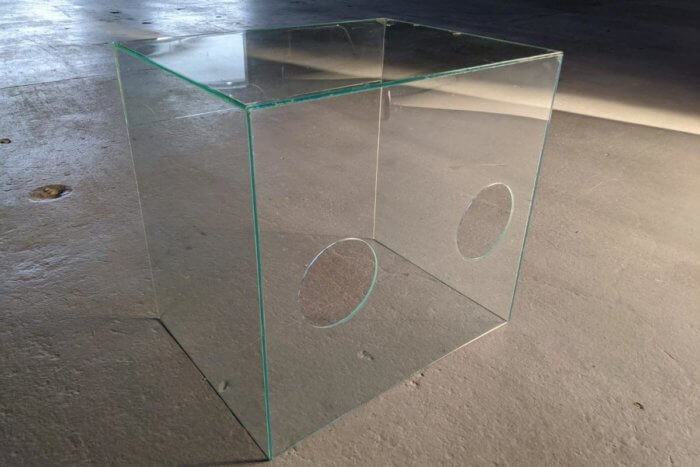
He then had to assemble a team, who — due to the inherent danger of working with any group of people during a pandemic — had to meet a list of requirements. Anyone who wanted to join had to be under 40, have no pre-existing conditions that would make them vulnerable to COVID-19, and either live alone or only with a partner.
After putting together a team of six union film crew members who had been sitting idle due to the shutdown of the film industry, Lehne and his cohort — made up of Lydia Sudall, Margaret Gillespie, Corey Lonas, James Link, and Bobby Burgos — got to work.

With six people working at once, the volunteers crank out multiple boxes a day, using materials purchased with money from an online fundraiser.
Each box requires roughly two hours of manpower, according to Lehne. The dimensions are cut out of plexiglass, holes are drilled for doctors to insert their arms when placing ventilator tubes into patients, the edges are sanded down, and the pieces are joined by a solvent that breaks down the plastic on a molecular level. The boxes sit for 48 hours to firm before being transported to hospitals in need.
So far, 46 boxes have been delivered to hospitals including hard-hit Elmhurst Hospital, Brooklyn Hospital, and hospitals in New Rochelle, New Jersey and Philadelphia. The volunteers receive logistics and outreach help from FEEL and ArtCubeNation, a group of film industry workers who coordinate relief efforts, and delivery is handled by Teamsters drivers, leaving Lehne and his team to focus on manufacturing.
While New York’s curve appears to be flattening, Lehne says he has seen no change in demand, and hopes to keep assembling the life-saving gadgets for as long as there is a need for them.
“I’m going to keep going until one of two things happen — we run out of money or we run out of demand, and neither of those things seem to be on the horizon,” he said. “It just feels really good to help.”


